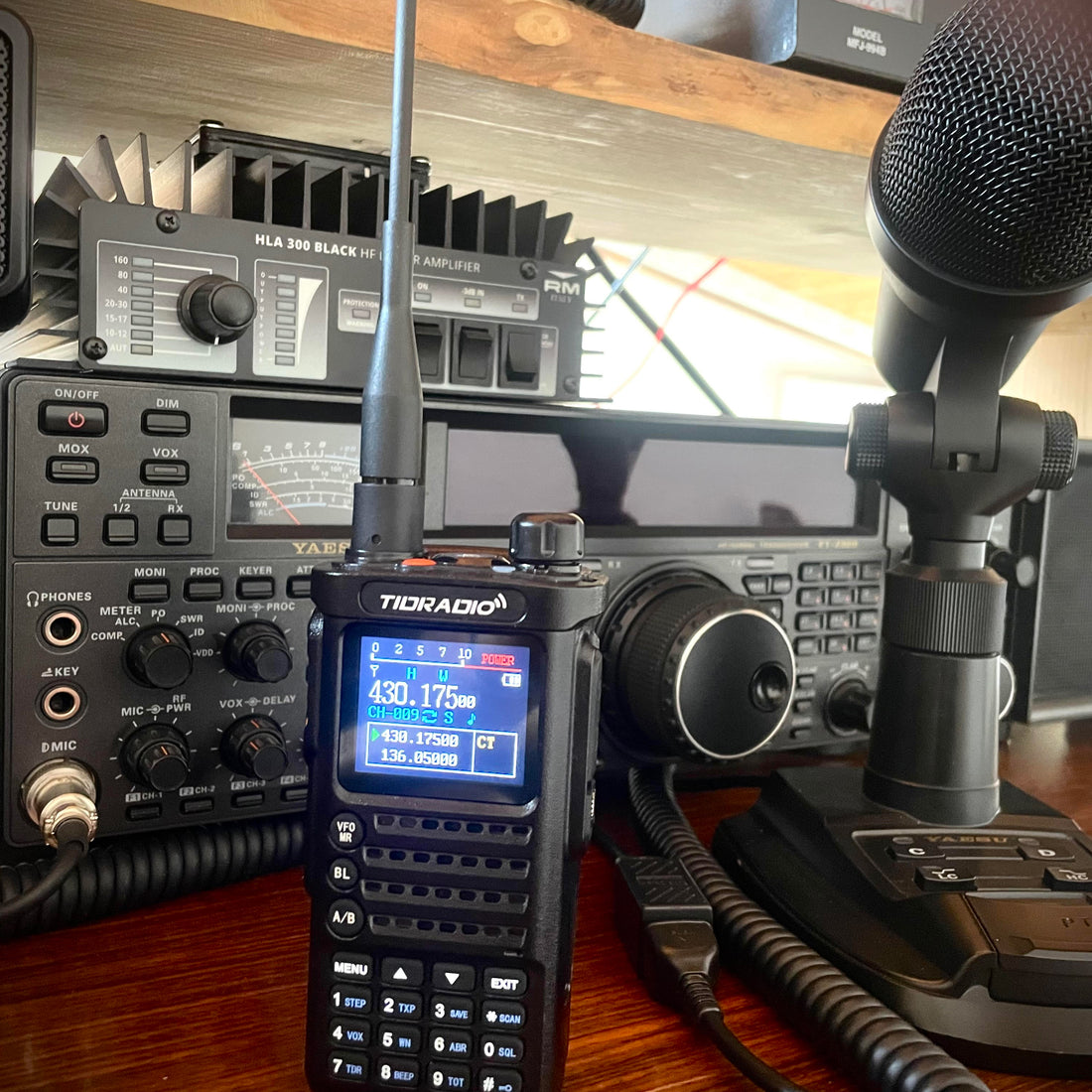
Beginner's Guide to Ham Radios
Beginner's Guide to Ham Radios
Ham radios, also known as amateur radios, are a fascinating hobby and a practical communication tool for many. Whether you're into emergency preparedness, hiking, camping, or just have a keen interest in radio communication, learning how to use a ham radio properly is essential for beginners. This guide will cover the basics of ham radios, how to use them, and guidance on relevant frequencies, all while complying with FCC regulations.
What is a Ham Radio?
A ham radio is a type of radio used by amateur radio enthusiasts. These radios allow users to communicate over specific frequencies that the International Telecommunication Union (ITU) allocates for amateur radio use. Ham radios can achieve long-distance communication, spanning hundreds of miles and even worldwide under the right conditions.
Why Use a Ham Radio?
- Emergency Communication: In times of natural disasters or other emergencies, ham radios can be a reliable means of communication when cell towers and the internet are down.
- Community and Networking: Ham radio operators often form clubs and networks, providing a sense of community and a platform for sharing knowledge and experiences.
- Technical Skills: Operating a ham radio requires knowledge of radio technology and communication protocols, which can be both educational and rewarding.
Getting Started with Ham Radios
- Obtain a License: In the United States, you need a license from the Federal Communications Commission (FCC) to operate a ham radio. The entry-level license is the Technician Class, which requires passing a multiple-choice exam covering basic regulations, operating practices, and electronics theory.
- Choose the Right Equipment: For beginners, a handheld transceiver (HT) is a good starting point. Tidradio H3 Ham Radio and H8 Ham Radio are very suitable for beginners, easy to operate and program, and low cost to try. At the same time, they have three modes, which can be switched to Ham, GMRS and full frequency. These devices are portable, relatively inexpensive, and easy to use.
- Learn the Basics: Familiarize yourself with key concepts such as frequency bands, modes of operation (FM, AM, SSB, CW), and operating procedures. Resources like the ARRL (American Radio Relay League) website and local ham radio clubs can be invaluable.
Understanding Frequencies
Ham radio operators have access to various frequency bands, each suited for different types of communication:
- VHF (Very High Frequency): 144-148 MHz band, great for local communication.
- UHF (Ultra High Frequency): 420-450 MHz band, also good for local communication, especially in urban areas.
- HF (High Frequency): Bands between 3 and 30 MHz, used for long-distance communication.
Operating Your Ham Radio
- Programming Frequencies: Most modern ham radios allow you to program frequencies into memory channels. This can simplify operation, especially when switching between commonly used frequencies.
- Making a Call: When making a call, listen first to ensure the frequency is not in use. Then, transmit your call sign followed by your message. For example, "This is K1ABC, calling CQ" (CQ means you are calling any station).
- Emergency Communication: In emergencies, follow established protocols and use designated emergency frequencies. It's crucial to keep communication clear and concise.
Tips for Success
- Join a Club: Local ham radio clubs offer a wealth of knowledge and support. They often conduct training sessions, license exams, and social events.
- Practice Regularly: The more you use your ham radio, the more proficient you will become. Participate in local nets (scheduled on-air meetings) and contests to hone your skills.
- Stay Informed: Keep up with FCC regulations and updates from the ARRL to ensure you are operating within legal guidelines.
Conclusion
Ham radios offer a unique and rewarding way to communicate, especially during emergencies. By obtaining the proper license, choosing the right equipment, and learning the basics of operation, you can join the vibrant community of ham radio operators. Remember to always follow FCC regulations and use your ham radio responsibly. Happy communicating!





